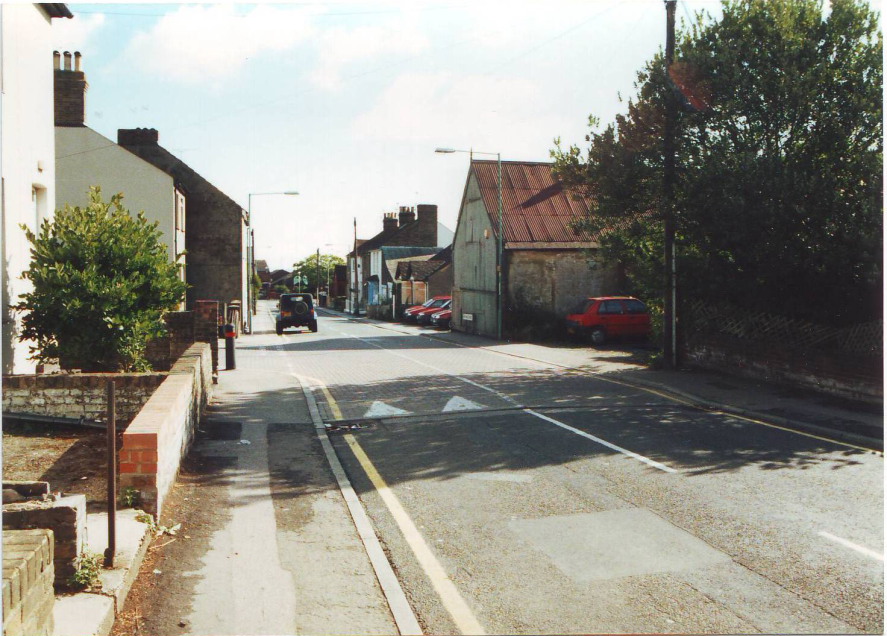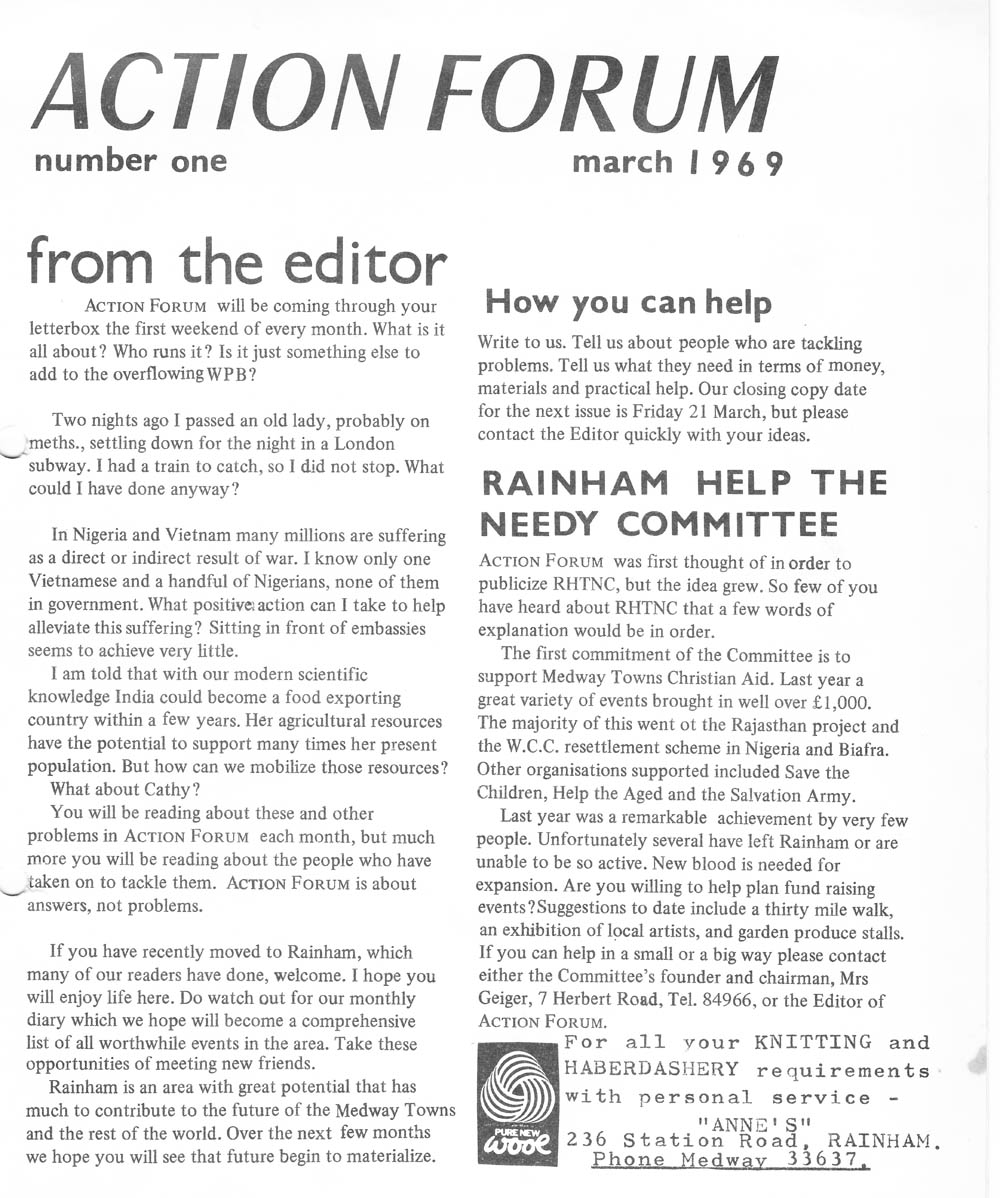Richard Mansfield Wakeley Junior
Richard Mansfield Wakeley Junior 1870-1943
Rainham Farmer and Cricket Legend
Born into a wealthy farming family at Moor Street Farm in Rainham in 1870 and named after his father, Richard Mansfield Wakeley entered the family farming business after leaving school. He spent his time organising the fruit and hop picking seasons in Rainham, Hartlip and Upchurch and he also had great natural ability as a cricketer.
His name first appeared as a cricketer playing for Borden School against Rainham aged thirteen at Berengrove Park on July 5th, 1883. He went on to play for Rainham Cricket Club and made his debut for Kent Second XI against Surrey at Tunbridge Wells, aged twenty-two in 1892.
Of the six Wakeley family members who played for Rainham Cricket Club during the 19th and early 20th centuries, Richard Wakeley Junior became the most successful and must rank as one of Rainham Cricket Club’s greatest ever cricketers.
Throughout the 1890s he played for Rainham whenever he could but as he was considered an exceptional player he had spells with Rochester, Mote and Chatham who played at a higher level than his home club. In 1894 he even made an appearance against the South Africans in Chatham for a Chatham & District XI. In this match which took place in order to attract top level cricket to Medway, he made scores of 0 and 21 against test match opposition.

Photo of Richard Wakeley - in the middle row wearing a cap and striped blazer.
During the late 1880s and early 1890s Richard Wakeley didn't score large quantities of runs for Rainham due to difficult and uneven wickets and long outfields. However, he still managed to come top of the club averages and was presented with a bat by the club for the best batting average in 1889. From 1892 to 1898 he only played sporadically for the club due to commitments with other clubs.
From 1898 Rainham didn’t appear to run a cricket team but when they re-formed after the Boer War in 1902 Richard Wakeley Junior became the Rainham captain and offered his meadow at Siloam Farm as the home pitch. This had been the club's original ground in 1856. Since 1890 the club had played at the recreation ground but they shared it with several other clubs and preferred more privacy.
Richard Wakeley maintained Siloam Meadow at his own expense and offered it to the club again in 1903. However, when the club held its Annual General Meeting in March 1903, members decided that the club should return to the recreation ground on the basis that it was more central. Richard Wakeley then took charge of maintaining the ground. Rainham Cricket club returned to Siloam Meadow for the 1908 and 1909 seasons after dissatisfaction with the recreation ground.
Richard Wakeley's greatest achievement at Rainham Cricket Club took place from 1902 to 1910. During this period he led the club to two consecutive Sittingbourne & District League Championships in 1905 and 1906 and helped to establish Rainham as one of the strongest cricket club’s in the area.
During the two league campaigns Rainham only suffered one defeat. This was in sharp contrast to the club's first season in league cricket in the Chatham & District League in 1896 when they lost every game and finished in bottom position. The Rainham team demonstrated its strength when it took on the area premier club Gore Court in 1906, tying the first match 88 runs each and winning the second by eight runs with Richard Wakeley scoring 80 in a total of 168. These two matches were billed 'Gore Court v The League Champions.' This was one of Rainham Cricket Club's finest periods. The East Kent Gazette reported in 1906:
‘….In R. M. Wakeley Junior they possess a captain who knows the game thoroughly, who is a first class bat and fine field, and the success of the team must be attributed to his influence and help…’
As a player Richard Wakeley Junior totally dominated the Rainham batting from 1902 and finished top of the averages every season up to 1910. He had his best season in 1907 with a batting average of 118.5. He also finished second in the Sittingbourne & District League averages in 1905 and top in 1906 with an average of 53, having scored 371 runs in eight innings. He scored at least five centuries during this period and had the honour of scoring the first recorded century for the club with 136 not out against Lower Halstow in 1904. His other batting feats included 134 not out against the Royal Marines in 1907 and 110 not out against Bobbing in 1906. In 1909 the ‘East Kent Gazette’ reported a match played between Rainham and Sittingbourne Wednesday and wrote the following about Richard Wakeley junior’s batting:
‘He received an ovation upon retiring, for he had made a gallant effort which really proved successful. To make 77 out of 111 is no everyday achievement, and it is not often that such a fine display, under such circumstances is seen in local cricket.’
Richard Wakeley Junior became a very popular and well-known captain in local cricket who had a reputation for being very astute. Known as ‘Mr Wakeley’ to the other Rainham players, he became highly respected both as a player and for the efforts he made on behalf of the club.
He got married late in life to Minnie Dundas Foulerton aged 51 in 1921 and resided at Meresborough House, close to Siloam Farm which his family owned. Like his father he played a big part in local affairs, becoming a Parish Guardian on the Milton Board of Guardians, a member of the Rainham Recreation Ground Committee, he represented Rainham on the County Council and became an alderman in 1929. He also became a school manager at the National School in Station Road and chairman of Rainham & District Horticultural Improvement Society.
Apart from being an exceptional cricketer he was also regarded a crack shot on the local shoots and rode as a regular member and follower of hounds with the Tickham Hunt in Sittingbourne like many other members of his family.
Richard Wakeley Junior stopped playing for Rainham Cricket Club at the end of the 1910 season at the age of forty to concentrate on his farm at Siloam and local politics. However, he became president of Rainham Cricket Club for a while and remained a vice-president of the club until his death in 1943. He was the last member of the Wakeley family to play cricket for Rainham.




















































































































































